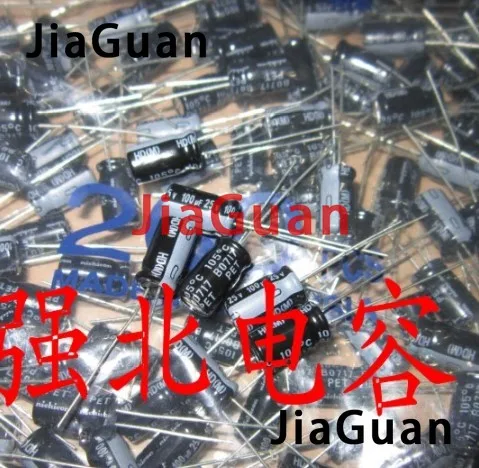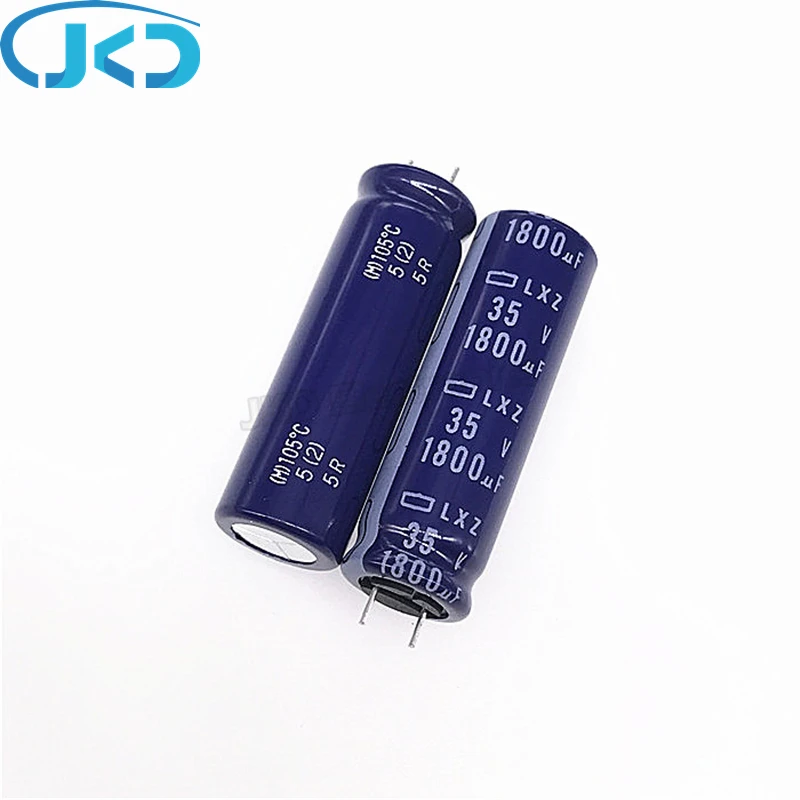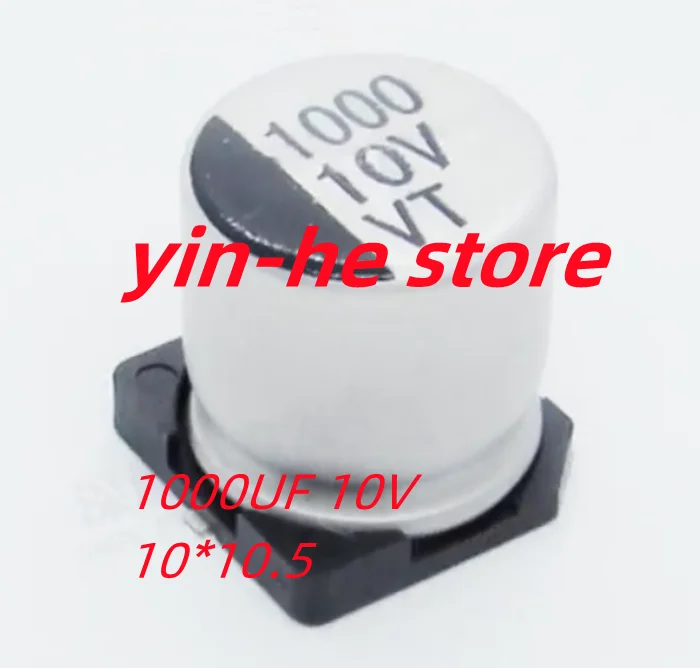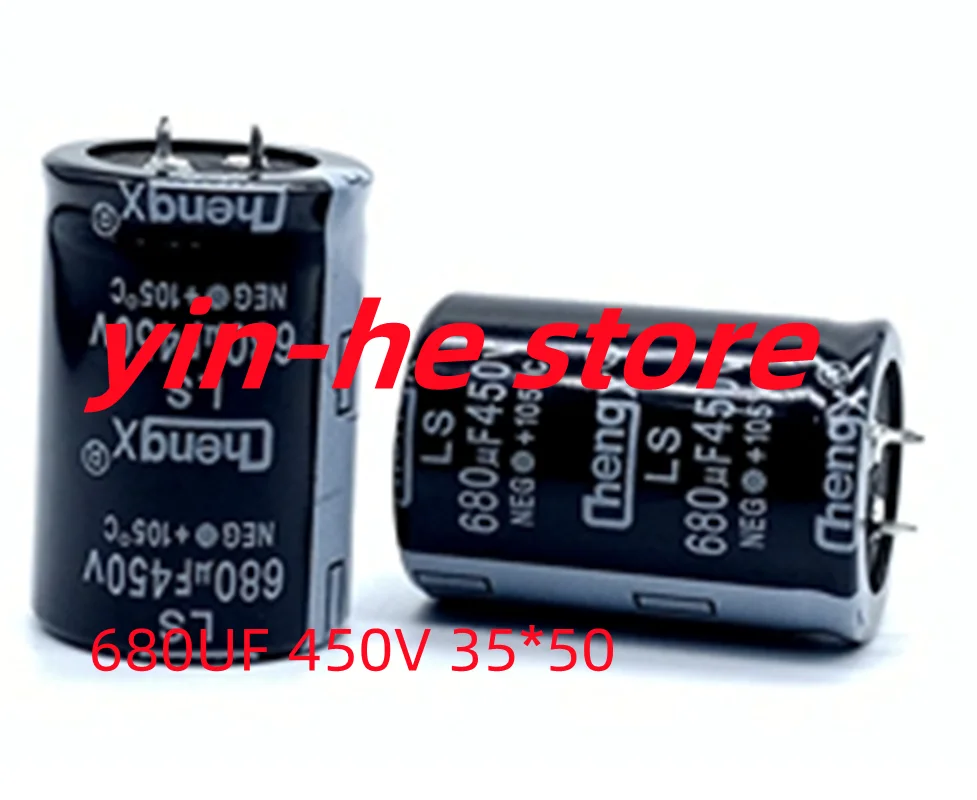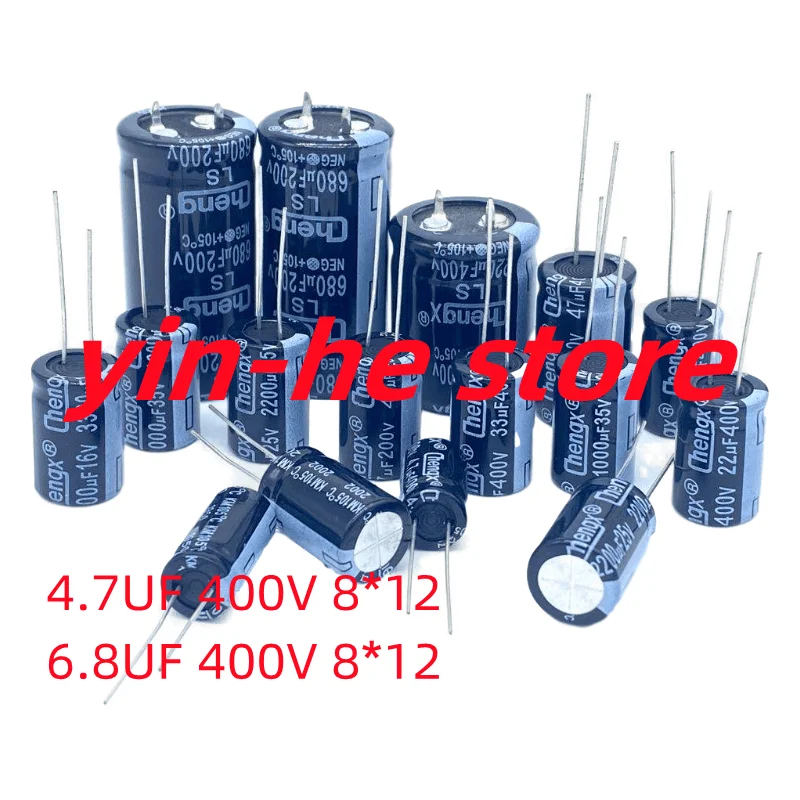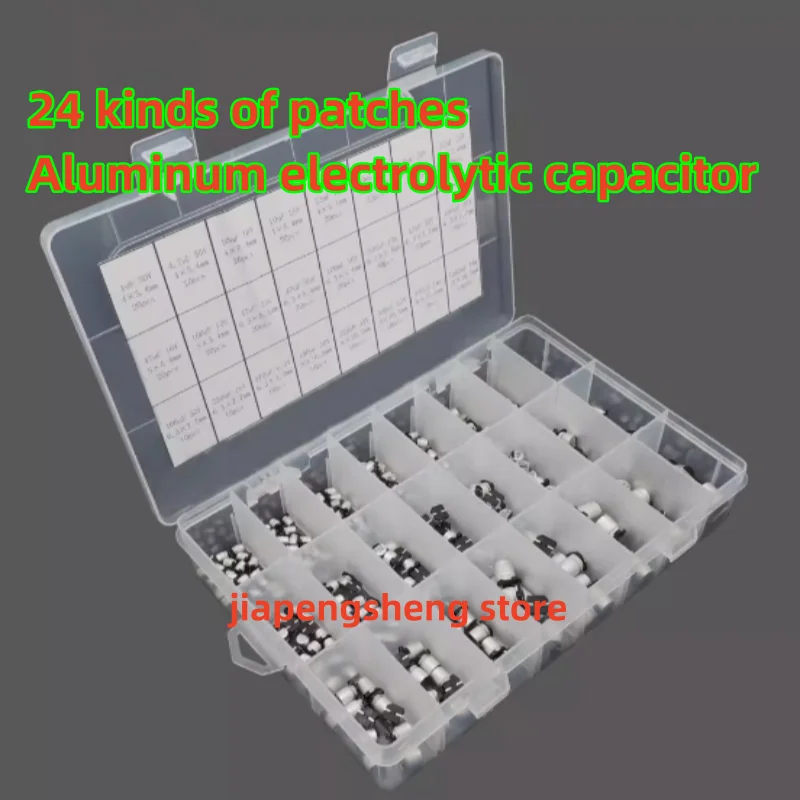Aluminum electrolytic capacitor купить от 140,00 руб.
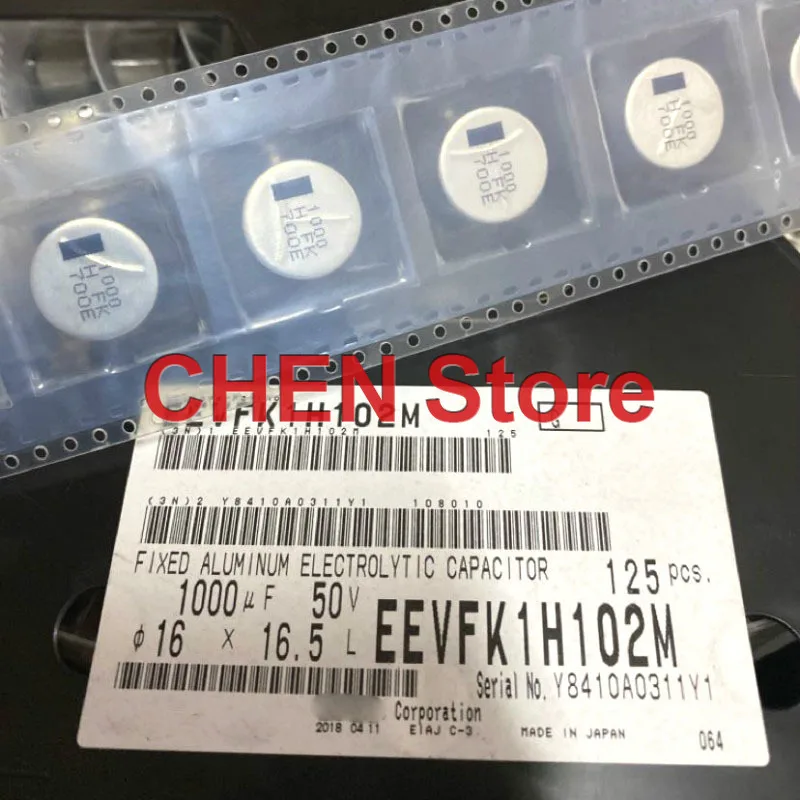
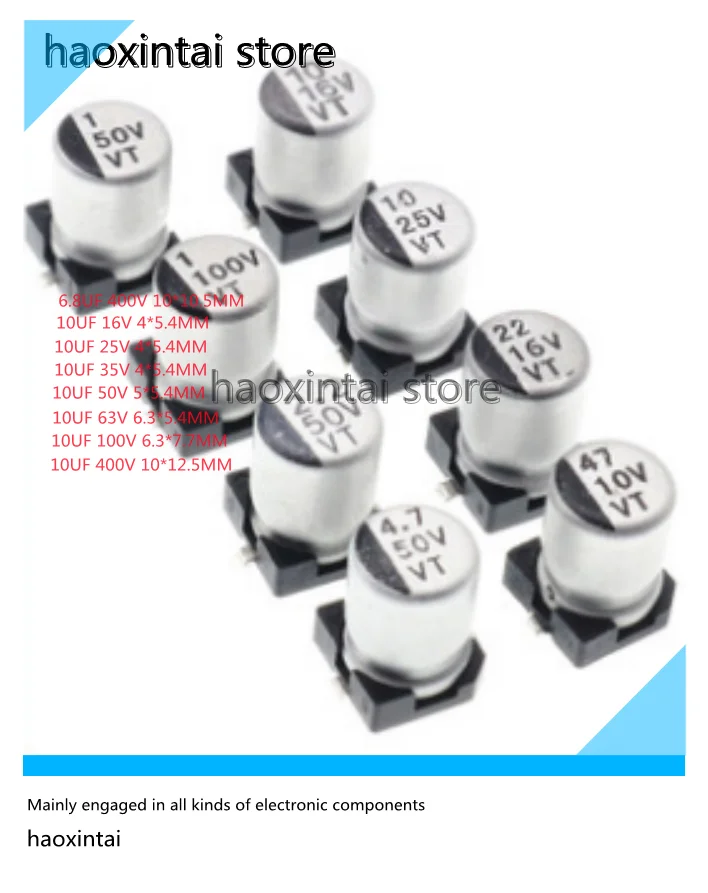
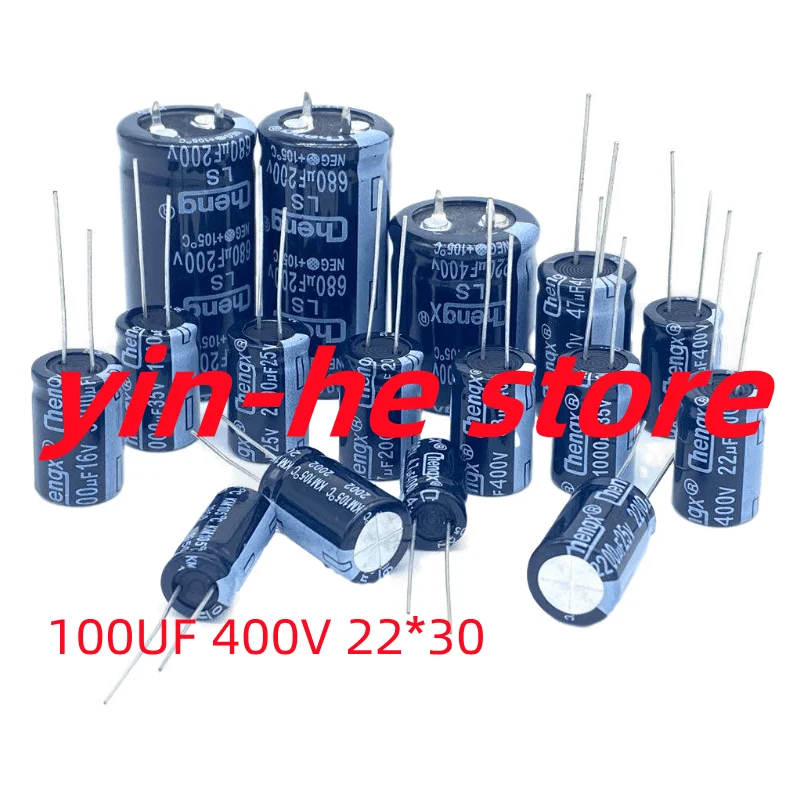




Aluminum Electrolytic Capacitor: The Basics
The aluminum electrolytic capacitor is a common component found in electronic devices such as computers, televisions, and other electronic equipment. It is an essential component in many electrical circuits, especially those involving high-frequency signals or large currents. In this article, we will explore the basics of the aluminum electrolytic capacitor and its importance in modern electronics.
What is an aluminum electrolytic capacitor?
An aluminum electrolytic capacitor, also known as an aluminum electrolyte capacitor, is a device used to store energy in an electric field. It consists of two metal plates separated by an electrolyte material, typically aluminum oxide. When a voltage is applied across the capacitor plates, the electrolyte becomes polarized, creating an electric field between the plates. This electric field stores energy, which can be released when the voltage is removed.
The electrolytic capacitor has two principal uses: it can store charge for a short period of time, or it can provide a controlled flow of current for a longer period of time. The former is important for power supply devices, such as power supplies for computers and televisions. The latter is used in circuits where a steady current is needed, such as audio amplifiers.
Why is aluminum electrolytic a popular choice for capacitors?
Aluminum electrolytic capacitors are popular choices for many applications because of several reasons. First, they offer high stability and reliability. Aluminum electrolytic capacitors can withstand high temperatures and are less likely to fail in harsh environments. Second, aluminum electrolytic capacitors have a low self-inductance and a high resistance, making them ideal for high-frequency applications. Third, aluminum electrolytic capacitors offer a high capacitance, allowing them to store more charge per unit volume.
Finally, aluminum electrolytic capacitors come in a variety of sizes and capacitances, making it easy to choose the right one for your specific application.
Electrolytic capacitor for Audio: The Japanese Connection
In the world of audio equipment, electrolytic capacitors play an important role in the design and production of amplifiers, speakers, and other audio devices. Electrolytic capacitors are particularly useful in high-quality audio equipment because they offer superior performance, especially in terms of frequency response and noise rejection.
Japanese brands of electrolytic capacitors, such as Nichicon and TDK, are often favored by audio enthusiasts and professionals due to their high quality and reliability. These capacitors are designed specifically for use in audio equipment and feature low inductance, low ESR (equivalent series resistance), and high capacitance.
However, there are many other manufacturers of electrolytic capacitors in Japan, including Fujitsu, Sumida, and Panasonic. Each manufacturer has its own unique designs and technologies, which make them ideal for different applications and audio equipment.
Conclusion
Overall, aluminum electrolytic capacitors are an essential component of many electronic devices, especially those working with high-frequency or large current signals. They offer high stability, reliability, and performance in a variety of applications, from power supplies to audio equipment. Japanese brands of electrolytic capacitors especially excel in their performance and quality, making them a popular choice among audio enthusiasts and professional audio engineers.
The aluminum electrolytic capacitor is a common component found in electronic devices such as computers, televisions, and other electronic equipment. It is an essential component in many electrical circuits, especially those involving high-frequency signals or large currents. In this article, we will explore the basics of the aluminum electrolytic capacitor and its importance in modern electronics.
What is an aluminum electrolytic capacitor?
An aluminum electrolytic capacitor, also known as an aluminum electrolyte capacitor, is a device used to store energy in an electric field. It consists of two metal plates separated by an electrolyte material, typically aluminum oxide. When a voltage is applied across the capacitor plates, the electrolyte becomes polarized, creating an electric field between the plates. This electric field stores energy, which can be released when the voltage is removed.
The electrolytic capacitor has two principal uses: it can store charge for a short period of time, or it can provide a controlled flow of current for a longer period of time. The former is important for power supply devices, such as power supplies for computers and televisions. The latter is used in circuits where a steady current is needed, such as audio amplifiers.
Why is aluminum electrolytic a popular choice for capacitors?
Aluminum electrolytic capacitors are popular choices for many applications because of several reasons. First, they offer high stability and reliability. Aluminum electrolytic capacitors can withstand high temperatures and are less likely to fail in harsh environments. Second, aluminum electrolytic capacitors have a low self-inductance and a high resistance, making them ideal for high-frequency applications. Third, aluminum electrolytic capacitors offer a high capacitance, allowing them to store more charge per unit volume.
Finally, aluminum electrolytic capacitors come in a variety of sizes and capacitances, making it easy to choose the right one for your specific application.
Electrolytic capacitor for Audio: The Japanese Connection
In the world of audio equipment, electrolytic capacitors play an important role in the design and production of amplifiers, speakers, and other audio devices. Electrolytic capacitors are particularly useful in high-quality audio equipment because they offer superior performance, especially in terms of frequency response and noise rejection.
Japanese brands of electrolytic capacitors, such as Nichicon and TDK, are often favored by audio enthusiasts and professionals due to their high quality and reliability. These capacitors are designed specifically for use in audio equipment and feature low inductance, low ESR (equivalent series resistance), and high capacitance.
However, there are many other manufacturers of electrolytic capacitors in Japan, including Fujitsu, Sumida, and Panasonic. Each manufacturer has its own unique designs and technologies, which make them ideal for different applications and audio equipment.
Conclusion
Overall, aluminum electrolytic capacitors are an essential component of many electronic devices, especially those working with high-frequency or large current signals. They offer high stability, reliability, and performance in a variety of applications, from power supplies to audio equipment. Japanese brands of electrolytic capacitors especially excel in their performance and quality, making them a popular choice among audio enthusiasts and professional audio engineers.
Каталог Aluminum electrolytic capacitor (for audio japan)
Цена: 1335 Руб. 13.36$
Бесплатная доставка
Цены актуальны на 2024-11-30 16:00:40
Цена: 128 Руб. 1.3$
Бесплатная доставка
Цены актуальны на 2024-11-30 16:00:40
Цена: 172 Руб. 1.6$
Бесплатная доставка
Цены актуальны на 2024-11-30 16:00:40
Цена: 790 Руб. 7.21$
Бесплатная доставка
Цены актуальны на 2024-11-30 16:00:40
Цена: 783 Руб. 7.27$
Бесплатная доставка
Цены актуальны на 2024-11-30 16:00:40
Цена: 919 Руб. 9.7$
Бесплатная доставка
Цены актуальны на 2024-11-30 16:00:40
Цена: 993 Руб. 10.3$
Бесплатная доставка
Цены актуальны на 2024-11-30 16:00:40
Цена: 951 Руб. 9.81$
Бесплатная доставка
Цены актуальны на 2024-11-30 16:00:40
Цена: 1248 Руб. 11.59$
Бесплатная доставка
Цены актуальны на 2024-11-30 16:00:40
Цены актуальны на 2024-11-30 16:00:40
Цена: 346 Руб. 3.5$
Бесплатная доставка
Цены актуальны на 2024-11-30 16:00:40
Цена: 161 Руб. 1.5$
Бесплатная доставка
Цены актуальны на 2024-11-30 16:00:40
Цена: 479 Руб. 4.8$
Бесплатная доставка
Цены актуальны на 2024-11-30 16:00:40
Цена: 147 Руб. 1.35$
Бесплатная доставка
Цены актуальны на 2024-11-30 16:00:40
Цена: 1260 Руб. 12.6$
Бесплатная доставка
Цены актуальны на 2024-11-30 16:00:40
Цена: 445 Руб. 4.5$
Бесплатная доставка
Цены актуальны на 2024-11-30 16:00:40
Цена: 149 Руб. 1.5$
Бесплатная доставка
Цены актуальны на 2024-11-30 16:00:40
Цена: 1642 Руб. 16.91$
Бесплатная доставка
Цены актуальны на 2024-11-30 16:00:40
Цена: 1615 Руб. 14.99$
Бесплатная доставка
Цены актуальны на 2024-11-30 16:00:40


